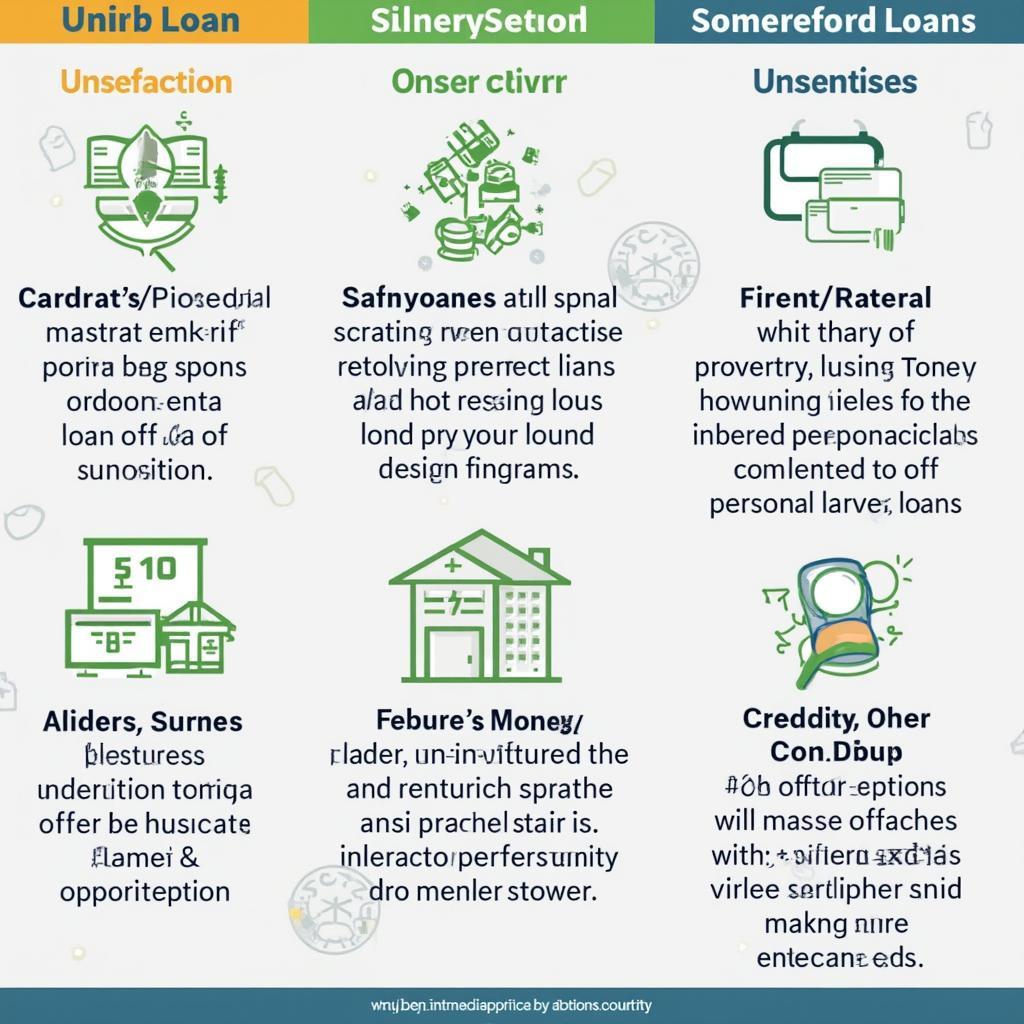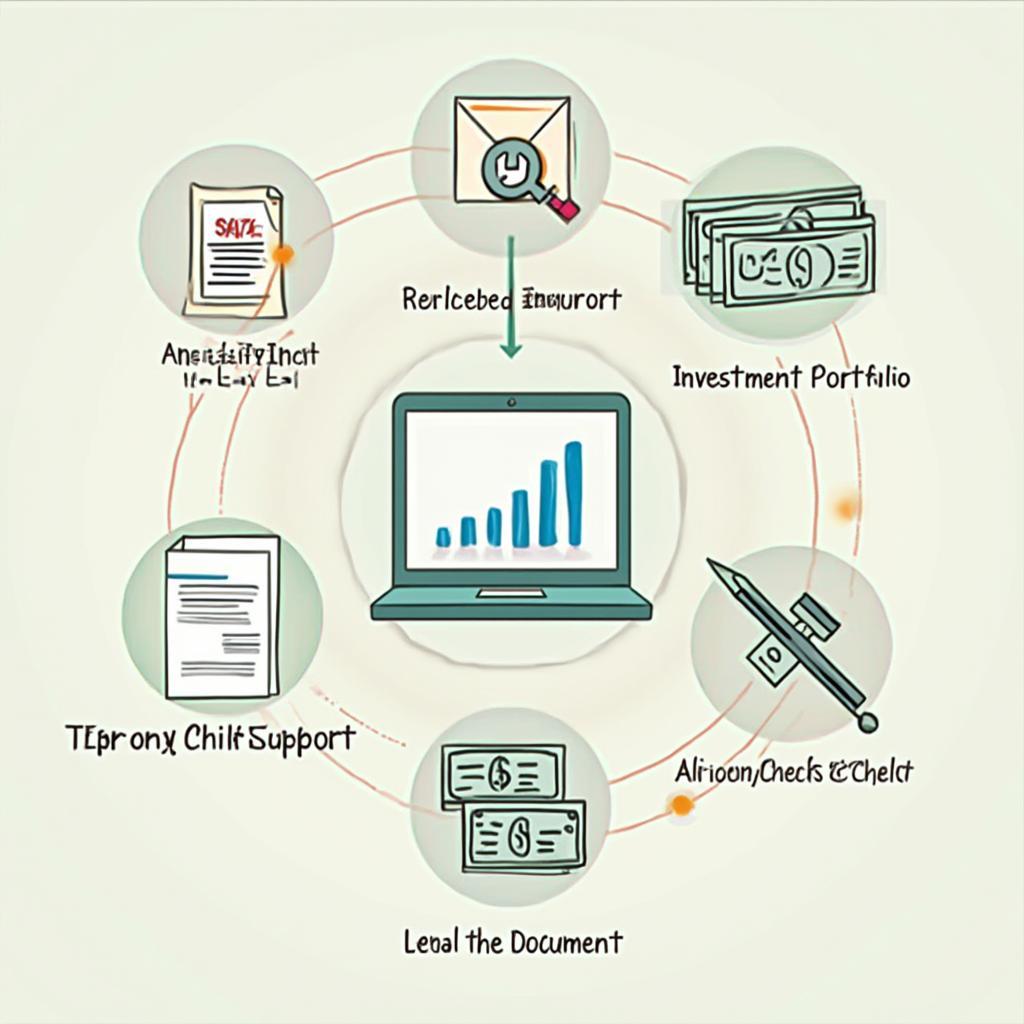Different Types of Loans in Bank
Understanding the different types of loans offered by banks is crucial for making informed financial decisions. Whether you’re looking to buy a home, finance a car, or consolidate debt, knowing the nuances of each loan type can help you choose the best option for your specific needs. This guide will explore the various loan options available, highlighting their features, benefits, and drawbacks.
After this introduction, you can learn more about loans with this resource on loans and advances in tally.
Secured vs. Unsecured Loans: A Fundamental Distinction
One of the primary distinctions between loan types is whether they are secured or unsecured. Secured loans require collateral, such as a house or car, which the lender can seize if you default on the loan. Unsecured loans, on the other hand, don’t require collateral but typically come with higher interest rates due to the increased risk for the lender.
Secured Loans: Leveraging Your Assets
Common examples of secured loans include mortgages and auto loans. Mortgages are used to finance the purchase of a home, with the property itself serving as collateral. Auto loans, similarly, use the vehicle being purchased as collateral. The advantage of secured loans is that they generally offer lower interest rates and higher borrowing limits. However, the risk is losing your asset if you can’t repay the loan.
Unsecured Loans: Flexibility at a Cost
Unsecured loans include personal loans, student loans, and credit cards. These loans don’t require collateral, making them more accessible to borrowers who don’t own significant assets. However, the trade-off is higher interest rates and potentially lower borrowing limits. Personal loans can be used for various purposes, such as debt consolidation or home improvements. Student loans are specifically designed to finance education, while credit cards offer a revolving line of credit that can be used for everyday purchases.
Exploring Specific Loan Types in Bank
Beyond the secured/unsecured distinction, there are several specific types of loans offered by banks, each tailored to a particular purpose.
Mortgages: Financing Your Dream Home
Mortgages are long-term loans designed specifically for purchasing a home. They come in various forms, including fixed-rate mortgages, adjustable-rate mortgages (ARMs), and government-backed loans like FHA and VA loans. Choosing the right mortgage requires careful consideration of your financial situation and long-term goals. Similar considerations are necessary when deciding on mortgage loans td bank.
Auto Loans: Getting Behind the Wheel
Auto loans are used to finance the purchase of a new or used vehicle. The loan term typically ranges from three to seven years, with interest rates influenced by factors like your credit score and the loan term. Understanding the terms and conditions of an auto loan is essential before signing on the dotted line.
Personal Loans: Versatile Funding for Various Needs
Personal loans offer a flexible way to borrow money for various purposes, from debt consolidation to home improvements. They can be either secured or unsecured, with interest rates and loan terms varying depending on the lender and your creditworthiness. For urgent financial needs, exploring loans same day pay out might be helpful.
Student Loans: Investing in Your Future
Student loans help finance higher education, covering expenses such as tuition, fees, and living costs. These loans can be federal or private, each with its own set of terms and repayment options. For those considering higher education, researching options like loans to apply for college is essential.
Small Business Loans: Fueling Entrepreneurial Ventures
Small business loans provide funding for startups and existing businesses to cover expenses such as equipment purchases, inventory, and operating costs. These loans often require a detailed business plan and financial projections.
Choosing the Right Loan: A Personalized Approach
Selecting the right loan involves carefully assessing your financial situation, understanding your needs, and comparing the terms and conditions offered by different lenders. Consider factors such as interest rates, fees, loan terms, and repayment options. Don’t hesitate to consult with a financial advisor to get personalized guidance. If you’re struggling with bad credit, you might look into options like loans quick cash bad credit.
Conclusion
Navigating the world of loans can seem daunting, but understanding the different types of loans available empowers you to make informed decisions. By carefully considering your financial situation and researching the various options, you can choose the loan that best aligns with your needs and helps you achieve your financial goals. Start your research today and take control of your financial future. Remember to understand the various different types of loans in bank before committing.




